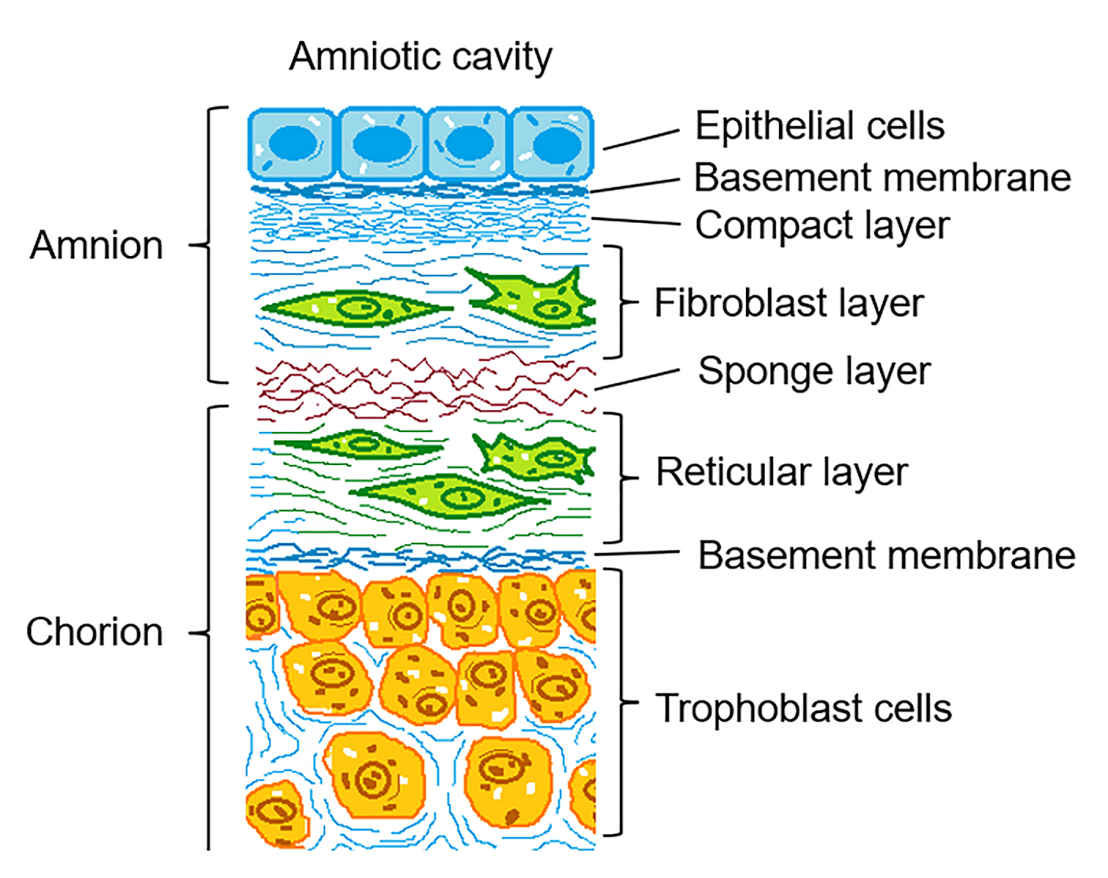Fracture Behavior of Elastomers and Soft Collagenous Tissues
Assessing the fracture behavior of soft collagenous tissues (SCTs), such as the fetal membrane or the liver capsule, is highly relevant for numerous clinical applications, including tissue perforation for amniocentesis and suturing during fetal surgery.

Determining the critical loading conditions of these tissues allows to reduce the risk of preterm premature rupture of fetal membranes (PPROM) during pregnancy. However, the complex structure of biological tissues makes the formulation of adequate failure criteria a challenging task. The tissues’ distinct microstructure and composite nature results in a highly nonlinear, anisotropic and viscoelastic mechanical behavior on the macroscale. Hence, conventional fracture mechanics approaches show only limited applicability in the field of SCTs.
The goal of this research project is to gain a better understanding of the fracture behavior of SCTs and elastomers. The latter acts as the model system for the former. The tearing energy as a measure for a material’s fracture toughness is evaluated. This entails identifying boundaries in its scope of applicability and providing alternative quantities. Previous studies have already reported some of the limitations of classical fracture mechanics approaches for SCTs.

One point of interest is the viscoelastic nature of SCTs caused by stress relaxation and reorientation mechanisms in the collagen fiber network, as well as outflow of interstitial fluid. The classical estimation of tearing energy has shown limited suitability to predict crack growth in case of history dependence and rate dependence of the mechanical response. Hence, alternative approaches for quantifying the effective material toughness should be pleaded.
In addition, the shielding mechanisms occurring at the crack tip of SCTs highlight the necessity for comparative studies between the far-field and the near-field of a notch tip. This might aid in answering the question whether the stress field at the crack front or rather the global energy balance is the quantity to be assessed for prediction of crack growth.
Project Lead
Eleni Kahle
[1] Rivlin, R. S., and Thomas, A. G. Rupture of rubber. I. characteristic energy for tearing. Journal of Polymer Science, Part A: Polym. Chem. 10(3), 291–318 (1953).
[2] Pharr, M., Sun, J. Y., and Suo, Z. Rupture of a highly stretchable acrylic dielectric elastomer. Journal of Applied Physics 111, 104114 (2012).
[3] Bircher, K., Zündel, M., Pensalfini, M., Ehret, A. E., and Mazza, E. Tear resistance of soft collagenous tissues. Nature Communications 10, 1038 (2019).